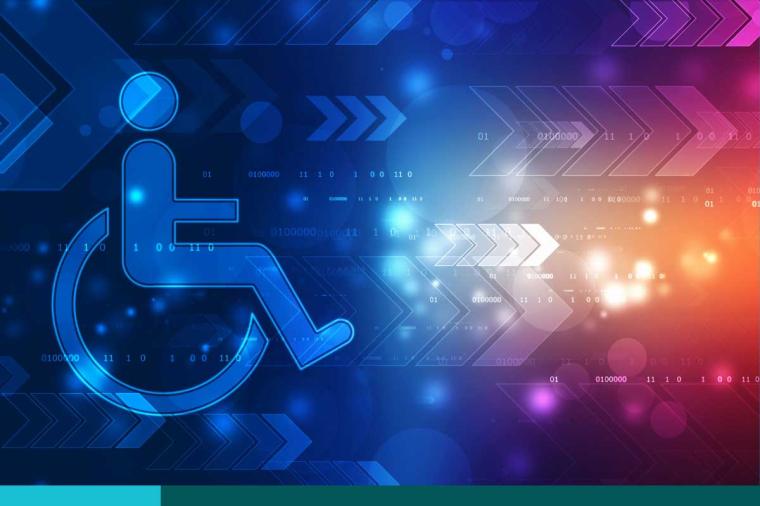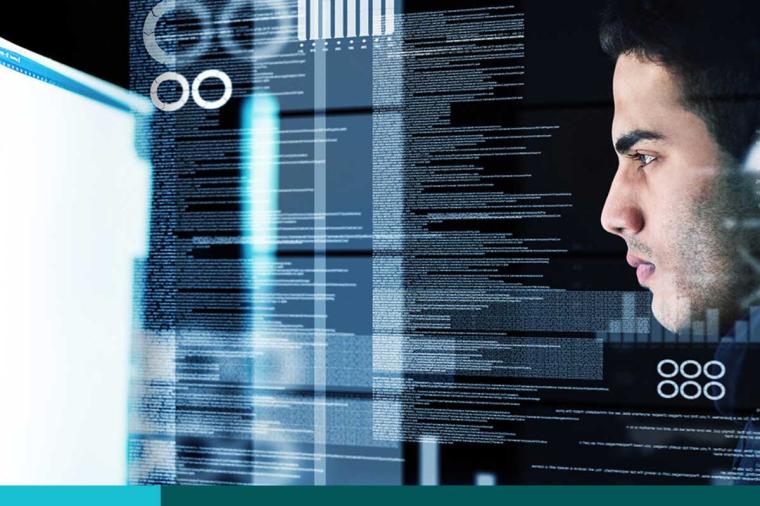
The use of blockchain technology by government agencies is moving at a fast pace. In the past few months, both the Department of Defense and Department of State are reported to be eyeing the technology behind the cryptocurrency, Bitcoin.
What is Blockchain Technology?
A blockchain is essentially a distributed database, like a spreadsheet or ledger, duplicated across a network. Transactions or other important data are written and stored in blocks of data. Each transaction depends on previous transactions, and each is validated by a consensus of participating systems. For an individual or group to corrupt the data, they would need more computing power, operating at a higher speed, than the rest of the participating systems combined. This makes the entries in the blockchain ledger extremely difficult to change without proper authorization, leading many to call and blockchain ledgers “immutable”. Blockchain technologies are both open source and very secure – two factors driving the current rapid pace of adoption in industry and government.
Why Blockchain in Government?
Blockchain has the potential to help government to reduce fraud, errors and the cost of paper-intensive processes, speed procurement processes, while enabling collaboration across multiple divisions and agencies to provide more efficient and effective services to citizens. Moreover, the adoption of blockchain may also allow governmental agencies to provide new value-added services to businesses and others which can generate new sources of revenue for these agencies.
A Government Primer in Blockchain
In order for agencies to understand the technology and its use cases within federal government, in May 2017, the General Services Administration requested ACT-IAC to assemble a government and industry working group and create a primer in blockchain.
ACT-IAC is a non-profit educational organization established to create a more effective and innovative government. Published in October 2017, the primer is designed to “…help allay the concerns that some may have about this new technology by providing an introduction to blockchain and its related technologies, and how blockchain can be safely and securely applied to the right government use cases.”
In addition, the primer provides users an opportunity to “…simply ask the question, ‘what is it you would have done - whether differently or the same - when the internet approached the government in 1995?’ And most importantly, ‘what is the blockchain strategy at your U.S. agency?’”
The primer is intended as a foundational tool and offers practical insights on how it works, challenges to overcome, as well as the necessary steps that any agency should take if they’re considering blockchain.
Coming Soon: A Playbook
ACT-IAC plans to follow-up with a blockchain playbook on approaches to use blockchain within the government. The playbook is expected in early 2018. Follow ACT-IAC on Twitter, Facebook, and LinkedIn for updates.
The necessary steps any agency should take before embarking on their blockchain journey. Image courtesy of ACT-IAC.

















































